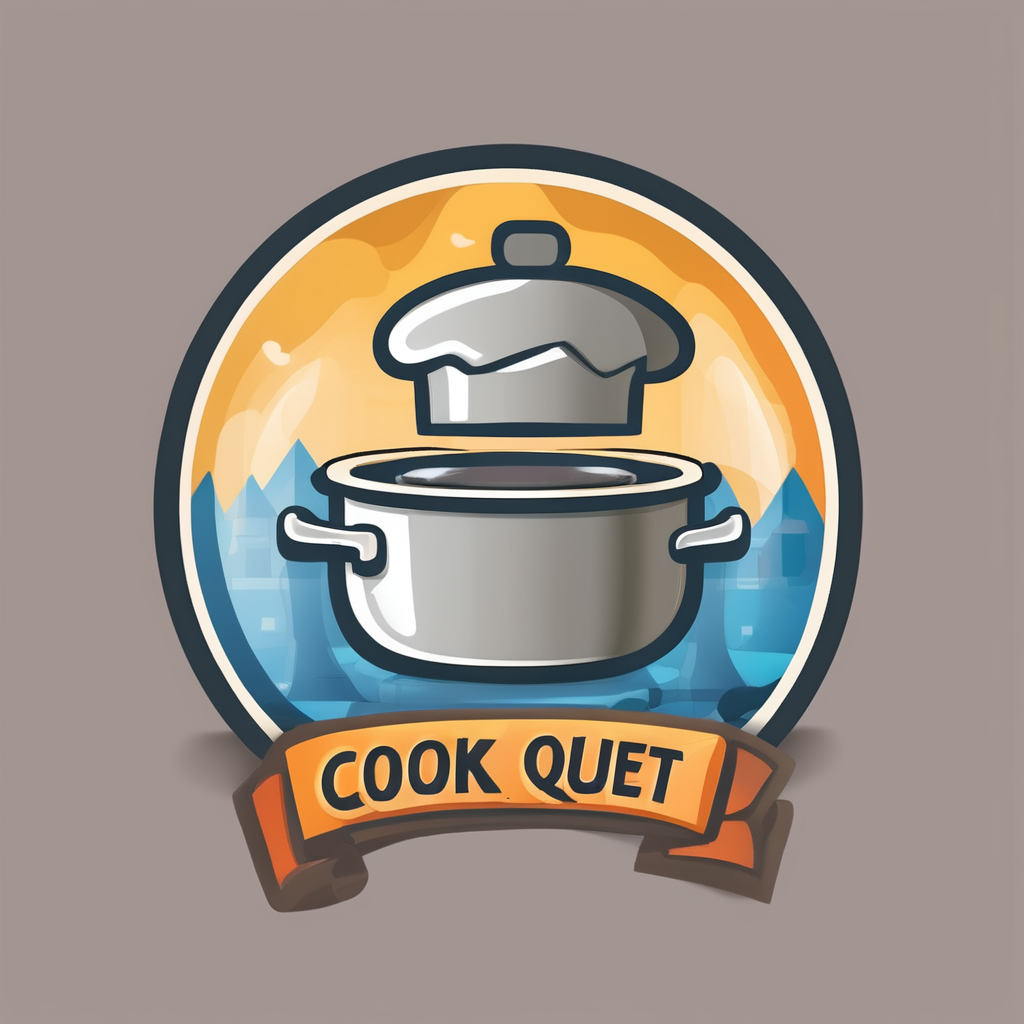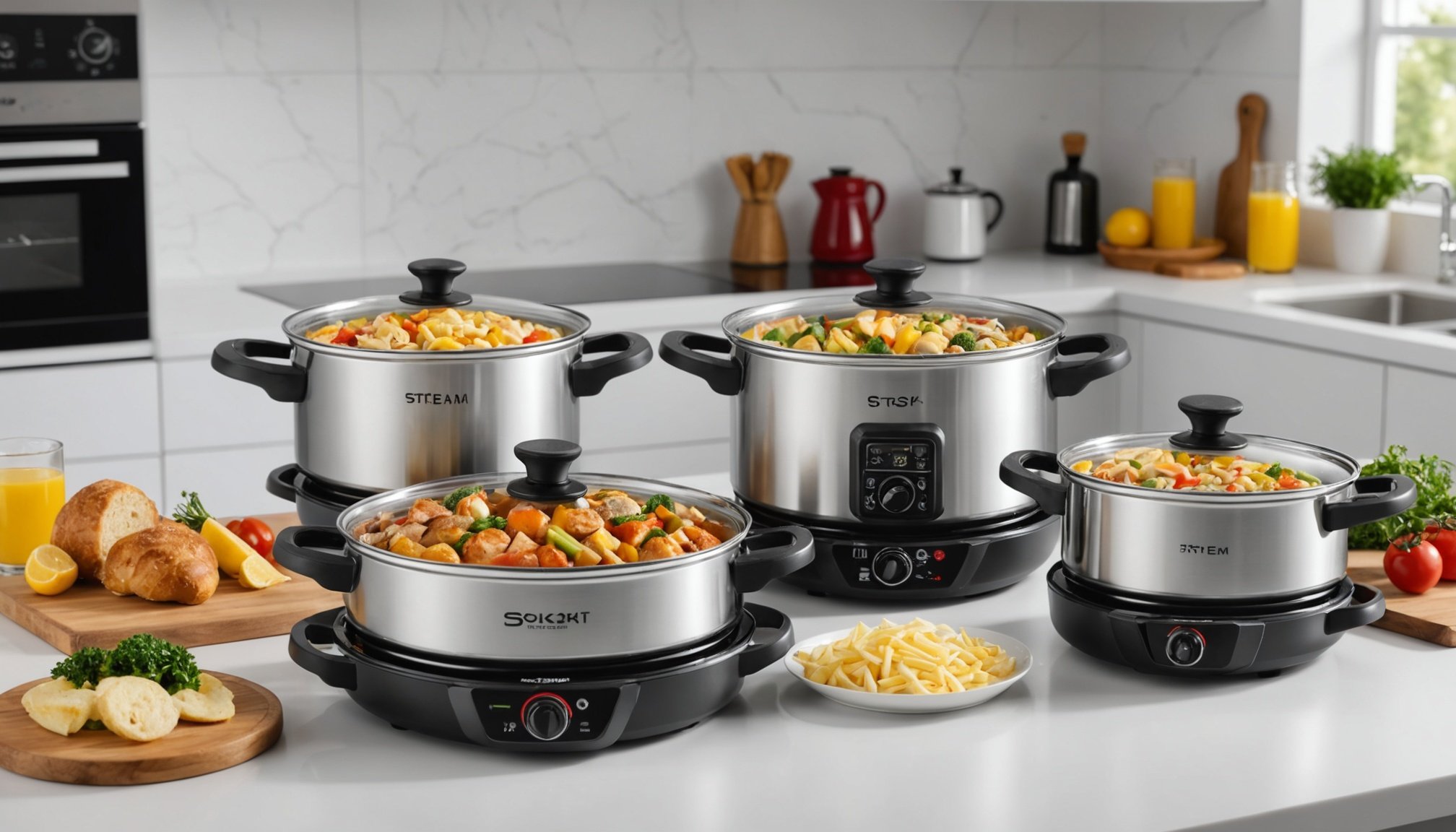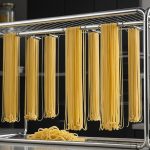Steam cooking is an increasingly popular method of preparing food, offering a healthier alternative to frying or roasting. It preserves the nutrients in your food, uses no oil, and yet can produce delicious meals. A multi-level steam cooker can take your steam cooking to the next level, allowing you to cook multiple dishes at once, each on its own tier. But how do you choose the right one for your needs? This guide will help you navigate the world of multi-level steam cookers and make an informed decision.
Understanding the Basics of Steam Cooking
Before you can decide on a steam cooker, it’s important to understand the basics of steam cooking. Steam cooking involves using boiling water to produce steam, which then cooks the food. This method of cooking preserves the nutritional value of your food better than other methods, as it doesn’t require oil and doesn’t expose the food to high temperatures that can degrade nutrients.
This might interest you : Which Features Make a Kitchen Timer Visually Accessible for the Visually Impaired?
Multi-level steam cookers take this principle and expand on it by offering multiple compartments or tiers where food can be cooked simultaneously. This allows you to prepare complete meals at once, with each dish being cooked at its optimal temperature and time.
Considerations for Choosing a Multi-Level Steam Cooker
When choosing a multi-level steam cooker, there are several factors you should consider. These include the size and capacity of the cooker, the materials it’s made of, its ease of use, its versatility, and of course, its price.
In the same genre : Must-have food processor accessories for effortless cooking
Size and Capacity
The size and capacity of the steam cooker are crucial factors. You need to consider the amount of food you usually cook. If you regularly cook for a large family or often host dinner parties, a larger model with more tiers would be more suitable. Remember to also consider the physical space you have in your kitchen. Some larger models can be quite bulky.
Materials
The materials the steam cooker is made of can also impact its performance and durability. Many multi-level steam cookers are made of stainless steel, which is durable and easy to clean. Others may be made of plastic. While plastic models can be more affordable, they may not last as long and could warp under high heat.
Ease of Use
The steam cooker’s ease of use is another important factor. Look for models with clear, intuitive controls and features that make your cooking easier, like timers and automatic shut-off features. Some models also come with recipe books or guides to help you get started.
Versatility
Versatility is another key factor. Some steam cookers allow you to adjust the steam levels, letting you cook different types of food at once. This is a great feature if you enjoy cooking a wide variety of dishes.
Benefits of Multi-Level Steam Cookers
There are several benefits to using a multi-level steam cooker which make it an appealing choice for many home chefs.
Firstly, efficiency is a major benefit. With multiple tiers, you can cook several dishes at once, saving on both cooking time and energy usage. Secondly, multi-level steam cookers promote healthier eating. As previously mentioned, steaming preserves the nutrients in your food, and requires no oil, making it a healthier choice.
Thirdly, these cookers are versatile. They can cook a wide range of foods, from vegetables to fish to grains. Some models even have special tiers for cooking delicate foods such as dim sum or eggs. Lastly, multi-level steam cookers are easy to clean, especially those with removable tiers and drip trays.
How Different Types of Food Fare in a Steam Cooker
Different types of food can require different steaming methods and times, and not all foods are suitable for steaming. However, with a multi-level steam cooker, you have the capability to cook a wide variety of dishes.
Vegetables are perhaps the most commonly steamed food. Steaming preserves their crispness and vibrant color, as well as their nutrients. Fish and seafood also fare well in a steam cooker, with the gentle cooking method preserving their delicate textures.
Grains, such as rice, can be cooked in a steam cooker, though they may require more water than other foods. Some steam cookers come with special grain cooking attachments.
Meat and poultry can be a bit trickier to steam, as they need to be cooked thoroughly for food safety reasons. However, many modern steam cookers have specific settings for different types of meat.
In conclusion, choosing a multi-level steam cooker involves considering several factors, including the cooker’s size, materials, ease of use, and versatility. Understanding the benefits of steam cooking and how different foods fare in a steam cooker can also help inform your decision. With the right multi-level steam cooker, you can enjoy efficient, healthier cooking with a wide range of dishes.
Selecting the Best Material for Your Steam Cooker
Choosing the right material for your multi-level steam cooker is significant to ensure its durability and performance. The two primary materials used in the construction of steam cookers are stainless steel and plastic.
Stainless steel steam cookers are a popular choice due to their longevity and ease of cleaning. They are more resistant to high temperatures and less likely to warp over time. This material is also dishwasher safe, making it easier to maintain. However, stainless steel models might be more expensive than plastic ones, but they usually provide better value in the long run.
On the other hand, plastic steam cookers, particularly those with steamer baskets, are often more affordable and lightweight. However, they may not withstand high heat as effectively as stainless steel ones and can warp over time. Plus, plastic isn’t as sturdy or long-lasting as stainless steel, and the material might start to degrade with consistent use.
In terms of heat distribution, stainless steel steamers are known to distribute heat more evenly compared to plastic ones. Therefore, if you are looking for a steamer that cooks more evenly, you should consider a stainless steel steamer.
Different Types of Steam Cookers: From Bamboo Steamers to Electric Steamers
There are various types of steam cookers available in the market, each with its unique features and benefits. The most common types include bamboo steamers, electric steamers, and multi-level stainless steel steamers.
Bamboo steamers, traditionally used in Asian cooking, are lightweight, easy to use, and ideal for steaming delicate foods such as dim sum. They come with steamer baskets that allow for multi-level steaming and are typically used over a wok or a pot of boiling water. Bamboo steamers are known for adding a subtle aroma to the food, enhancing its flavor.
Electric steamers are highly efficient and often come with timers and automatic shut-off features for ease of use. They often have multiple steamer pots or compartments, allowing you to cook different foods at once. Electric steamers typically have a water reservoir that heats water to produce steam. They are usually made of plastic or stainless steel.
Multi-level stainless steel steamers, like those seen on Amazon view, are a popular choice for many home cooks. They often come with a steamer insert and offer multiple tiers for cooking different foods simultaneously. They are highly durable, easy to clean, and offer excellent heat distribution.
In conclusion, choosing the right multi-level steam cooker depends on various factors. Stainless steel steamers, while pricier, offer better durability and heat distribution, whereas plastic ones are cheaper and lightweight. From bamboo steamers to electric steamers, each type has its advantages. The key is to understand your cooking needs and choose a steamer that best suits your preferences and lifestyle. With a little research, you can find the best food steamer that will provide serious eats and last for years to come.











